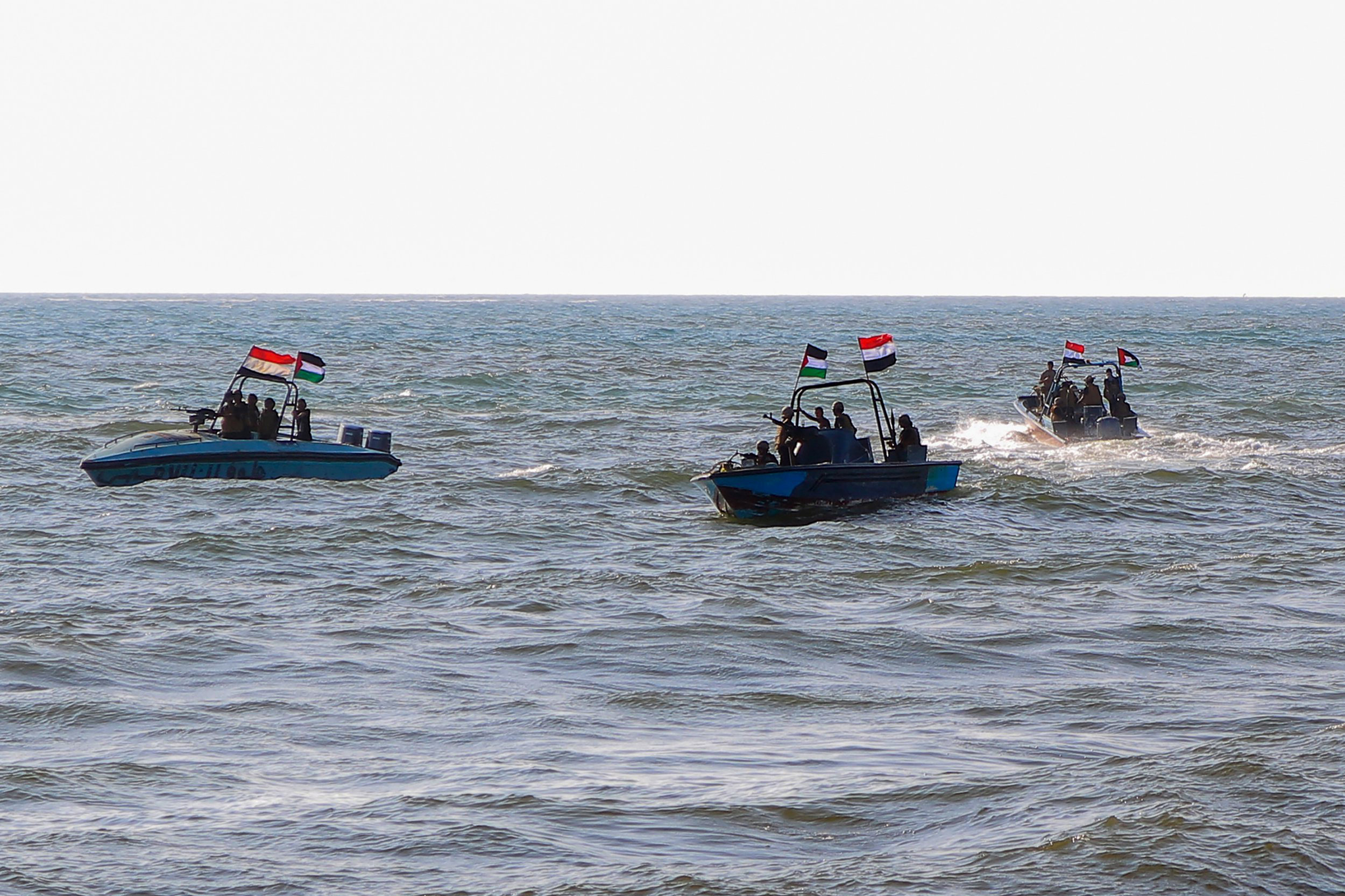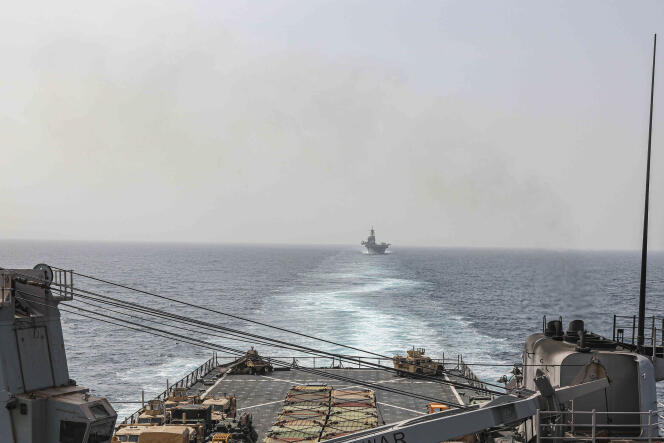Yemen’s Houthi rebels have heightened their assaults on commercial vessels in the Red Sea, triggering global concern and a robust international response. The recent deployment of an explosive-laden drone boat, allegedly from Iran-held territory, narrowly missed U.S. Navy and commercial ships, intensifying worries about the escalating maritime threat.

Photo from Google
Houthi Drone Attack Raises Alarms
The Houthi militants’ use of a drone boat laden with explosives, originating from Yemen and reaching 50 miles into Red Sea shipping lanes, marked a concerning escalation. This method, a first for the Houthi group, has raised fears regarding the safety of the vital waterways and the Gulf of Aden.
Vice Adm. Brad Cooper, the top U.S. naval commander in the Middle East, emphasized the ambiguity surrounding the attack’s true target, heightening the risk of collateral damage to vessels navigating the densely trafficked Red Sea region.
The surge in Houthi attacks since mid-November—reportedly motivated by opposition to Israel’s actions in Gaza—has seen 25 assaults on merchant vessels. Despite Operation Prosperity Guardian’s efforts, comprising a 22-nation maritime task force, President Biden faces mounting pressure to respond assertively, amid concerns of a potential broader regional conflict.
READ ALSO: US Army’s Future Long-Range Assault Aircraft Enables Ease For Upgrades
Challenges in Safeguarding Shipping Lanes
The international maritime mission has encountered successes and hurdles, thwarting 19 drones and missiles and ensuring the safe passage of 1,500 commercial ships. However, lingering threats persist, prompting calls for decisive action while the Biden administration navigates cautiously to avoid worsening tensions.
Balancing the urgency to protect vital trade routes with the need to avoid exacerbating conflicts, the Biden administration faces a delicate challenge. As the situation unfolds, the imperative remains to navigate this precarious impasse and safeguard the integrity of crucial maritime trade routes.
READ ALSO: U.S. Resumes Production Of Iconic M777 Howitzer Amidst Ukrainian Success

















































